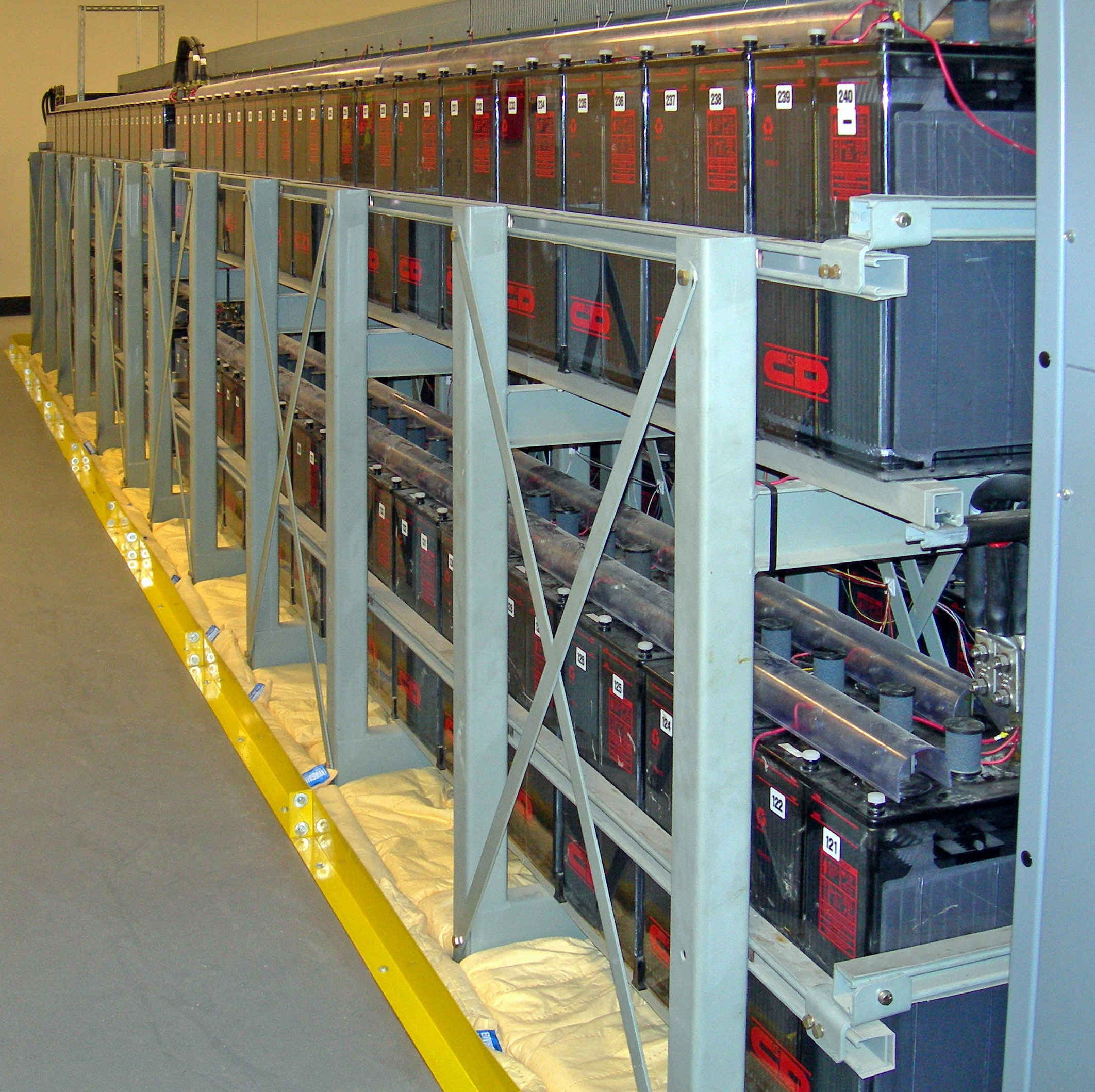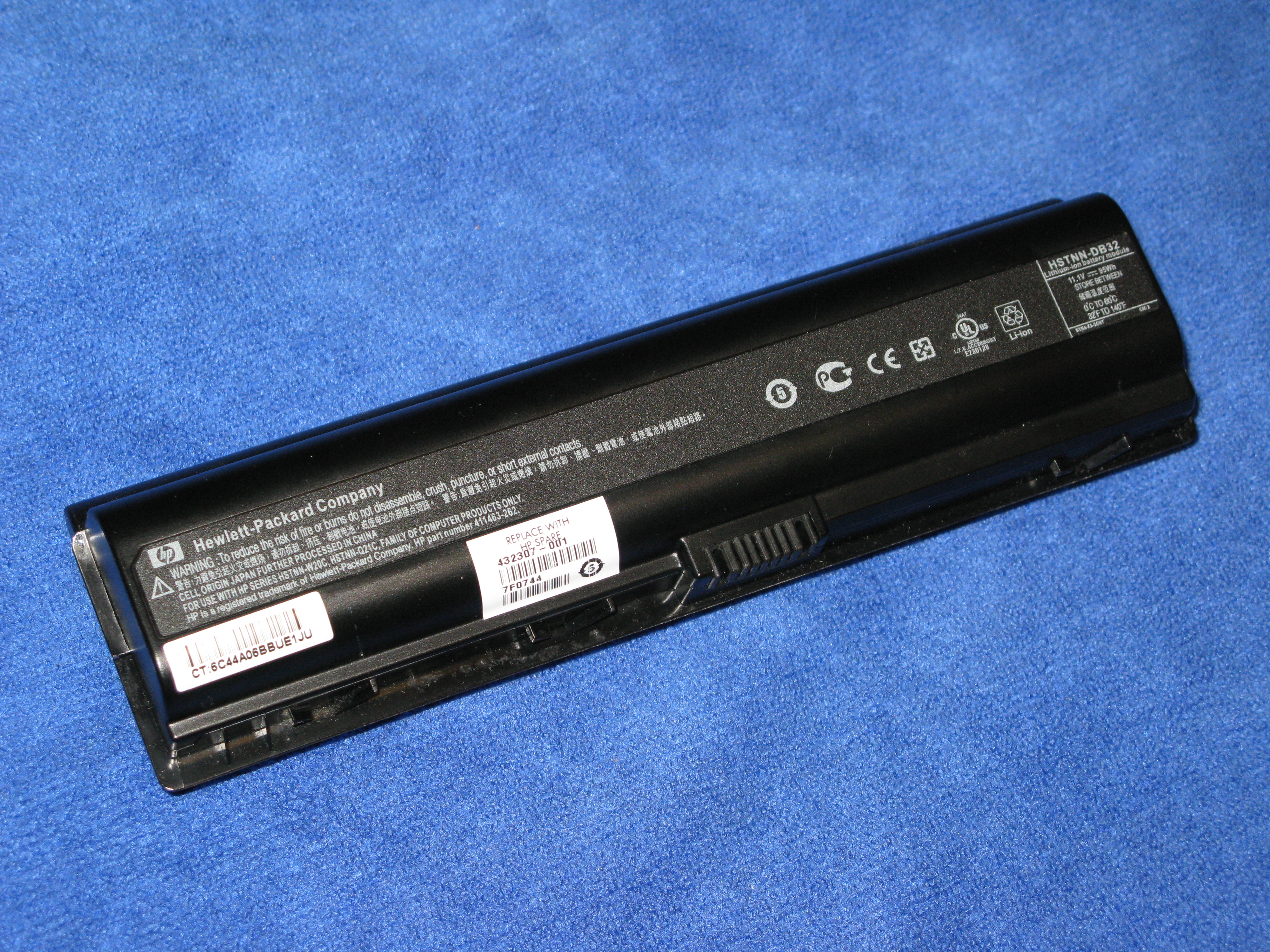|
Recovery Effect
The recovery effect is a phenomenon observed in battery usage where the available energy is less than the difference between energy charged and energy consumed. Intuitively, this is because the energy has been consumed from the edge of the battery and the charge has not yet diffused evenly around the battery. When power is extracted continuously voltage decreases in a smooth curve, but the recovery effect can result in the voltage partially increasing if the current is interrupted. The KiBaM battery model describes the recovery effect for lead-acid batteries and is also a good approximation to the observed effects in Li-ion batteries. In some batteries, the gains from the recovery life can extend battery life by up to 45% by alternating discharging and inactive periods rather than constantly discharging. The size of the recovery effect depends on the battery load, recovery time and depth of discharge. Even though the recovery effect phenomenon is prominent in the lead acid batter ... [...More Info...] [...Related Items...] OR: [Wikipedia] [Google] [Baidu] |
Scientific Phenomena
A phenomenon ( : phenomena) is an observable event. The term came into its modern philosophical usage through Immanuel Kant, who contrasted it with the noumenon, which ''cannot'' be directly observed. Kant was heavily influenced by Gottfried Wilhelm Leibniz in this part of his philosophy, in which phenomenon and noumenon serve as interrelated technical terms. Far predating this, the ancient Greek Pyrrhonist philosopher Sextus Empiricus also used ''phenomenon'' and ''noumenon'' as interrelated technical terms. Common usage In popular usage, a ''phenomenon'' often refers to an extraordinary event. The term is most commonly used to refer to occurrences that at first defy explanation or baffle the observer. According to the ''Dictionary of Visual Discourse'':In ordinary language 'phenomenon/phenomena' refer to any occurrence worthy of note and investigation, typically an untoward or unusual event, person or fact that is of special significance or otherwise notable. Philosophy ... [...More Info...] [...Related Items...] OR: [Wikipedia] [Google] [Baidu] |
Rechargeable Batteries
A rechargeable battery, storage battery, or secondary cell (formally a type of energy accumulator), is a type of electrical battery which can be charged, discharged into a load, and recharged many times, as opposed to a disposable or primary battery, which is supplied fully charged and discarded after use. It is composed of one or more electrochemical cells. The term "accumulator" is used as it accumulates and stores energy through a reversible electrochemical reaction. Rechargeable batteries are produced in many different shapes and sizes, ranging from button cells to megawatt systems connected to stabilize an electrical distribution network. Several different combinations of electrode materials and electrolytes are used, including lead–acid, zinc–air, nickel–cadmium (NiCd), nickel–metal hydride (NiMH), lithium-ion (Li-ion), lithium iron phosphate (LiFePO4), and lithium-ion polymer (Li-ion polymer). Rechargeable batteries typically initially cost more ... [...More Info...] [...Related Items...] OR: [Wikipedia] [Google] [Baidu] |
Battery Charging
A battery charger, recharger, or simply charger is a device that stores energy in a battery by running an electric current through it. The charging protocol (how much voltage or current for how long, and what to do when charging is complete) depends on the size and type of the battery being charged. Some battery types have high tolerance for overcharging (i.e., continued charging after the battery has been fully charged) and can be recharged by connection to a constant voltage source or a constant current source, depending on battery type. Simple chargers of this type must be manually disconnected at the end of the charge cycle. Other battery types use a timer to cut off when charging should be complete. Other battery types cannot withstand over-charging, becoming damaged (reduced capacity, reduced lifetime), over heating or even exploding. The charger may have temperature or voltage sensing circuits and a microprocessor controller to safely adjust the charging current and voltag ... [...More Info...] [...Related Items...] OR: [Wikipedia] [Google] [Baidu] |
Smart Battery
A smart battery or a smart battery pack is a rechargeable battery pack with a built-in battery management system (BMS), usually designed for use in a portable computer such as a laptop. In addition to the usual positive and negative terminals, a smart battery has two or more terminals to connect to the BMS; typically the negative terminal is also used as BMS "ground". BMS interface examples are: SMBus, PMBus, EIA-232, EIA-485, and Local Interconnect Network. Internally, a smart battery can measure voltage and current, and deduce charge level and SoH (State of Health) parameters, indicating the state of the cells. Externally, a smart battery can communicate with a smart battery charger and a "smart energy user" via the bus interface. A smart battery can demand that the charging stop, request charging, or demand that the smart energy user stop using power from this battery. There are standard specifications for smart batteries: Smart Battery SystemMIPI BIFand many ad-hoc ... [...More Info...] [...Related Items...] OR: [Wikipedia] [Google] [Baidu] |
State Of Charge
State of charge (SoC) is the level of charge of an electric battery relative to its capacity. The units of SoC are percentage points (0% = empty; 100% = full). An alternative form of the same measure is the depth of discharge (DoD), the inverse of SoC (100% = empty; 0% = full). SoC is normally used when discussing the current state of a battery in use, while DoD is most often seen when discussing the lifetime of the battery after repeated use. In electric vehicles In a battery electric vehicle (BEV), hybrid vehicle (HV), or plug-in hybrid electric vehicle (PHEV), SoC for the battery pack is the equivalent of a fuel gauge. It is important to mention that state of charge, presented as a gauge or percentage value on any vehicle dashboard, especially in plug-in hybrid vehicles, may not be representative of a real level of charge. In that particular case, some noticeable amount of energy stored in the electric battery is not shown on the dashboard, and is reserved for hybrid-work ... [...More Info...] [...Related Items...] OR: [Wikipedia] [Google] [Baidu] |
Capacity Fading
Capacity or capacities may refer to: Mathematics, science, and engineering * Capacity of a container, closely related to the volume of the container * Capacity of a set, in Euclidean space, the total charge a set can hold while maintaining a given potential energy * Capacity factor, the ratio of the actual output of a power plant to its theoretical potential output * Storage capacity (energy), the amount of energy that the storage system of a power plant can hold * Nameplate capacity, the intended full-load sustained output of a facility such as a power plant * Heat capacity, a measurement of changes in a system's internal energy * Combining capacity, another term for valence in chemistry * Battery capacity, the amount of electric charge a battery can deliver at the rated voltage Computer * Data storage capacity, amount of stored information that a storage device or medium can hold * Channel capacity, the highest rate at which information can be reliably transmitted Social ... [...More Info...] [...Related Items...] OR: [Wikipedia] [Google] [Baidu] |
Li-ion Batteries
A lithium-ion or Li-ion battery is a type of rechargeable battery which uses the reversible reduction of lithium ions to store energy. It is the predominant battery type used in portable consumer electronics and electric vehicles. It also sees significant use for grid-scale energy storage and military and aerospace applications. Compared to other rechargeable battery technologies, Li-ion batteries have high energy densities, low self-discharge, and no memory effect (although a small memory effect reported in LFP cells has been traced to poorly made cells). Chemistry, performance, cost and safety characteristics vary across types of lithium-ion batteries. Most commercial Li-ion cells use intercalation compounds as the active materials. The anode or negative electrode is usually graphite, although silicon-carbon is also being increasingly used. Cells can be manufactured to prioritize either energy or power density. Handheld electronics mostly use lithium polymer batteries (w ... [...More Info...] [...Related Items...] OR: [Wikipedia] [Google] [Baidu] |
Overpotential
In electrochemistry, overpotential is the potential difference (voltage) between a half-reaction's thermodynamically determined reduction potential and the potential at which the redox event is experimentally observed. The term is directly related to a cell's ''voltage efficiency''. In an electrolytic cell the existence of overpotential implies that the cell requires more energy than thermodynamically expected to drive a reaction. In a galvanic cell the existence of overpotential means less energy is recovered than thermodynamics predicts. In each case the extra/missing energy is lost as heat. The quantity of overpotential is specific to each cell design and varies across cells and operational conditions, even for the same reaction. Overpotential is experimentally determined by measuring the potential at which a given current density (typically small) is achieved. Thermodynamics The four possible polarities of overpotentials are listed below. * An electrolytic cell's anode ... [...More Info...] [...Related Items...] OR: [Wikipedia] [Google] [Baidu] |
Lithium-ion Battery
A lithium-ion or Li-ion battery is a type of rechargeable battery which uses the reversible reduction of lithium ions to store energy. It is the predominant battery type used in portable consumer electronics and electric vehicles. It also sees significant use for grid-scale energy storage and military and aerospace applications. Compared to other rechargeable battery technologies, Li-ion batteries have high energy densities, low self-discharge, and no memory effect (although a small memory effect reported in LFP cells has been traced to poorly made cells). Chemistry, performance, cost and safety characteristics vary across types of lithium-ion batteries. Most commercial Li-ion cells use intercalation compounds as the active materials. The anode or negative electrode is usually graphite, although silicon-carbon is also being increasingly used. Cells can be manufactured to prioritize either energy or power density. Handheld electronics mostly use lithium polymer batte ... [...More Info...] [...Related Items...] OR: [Wikipedia] [Google] [Baidu] |





